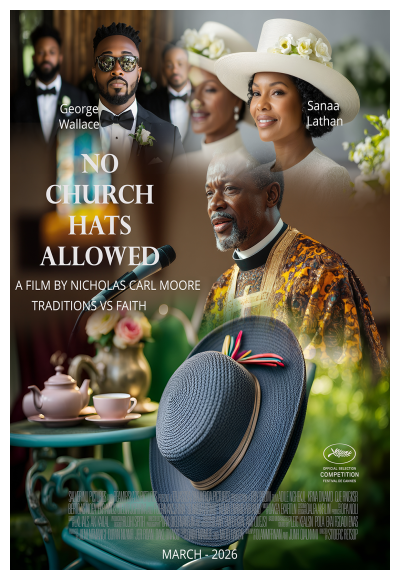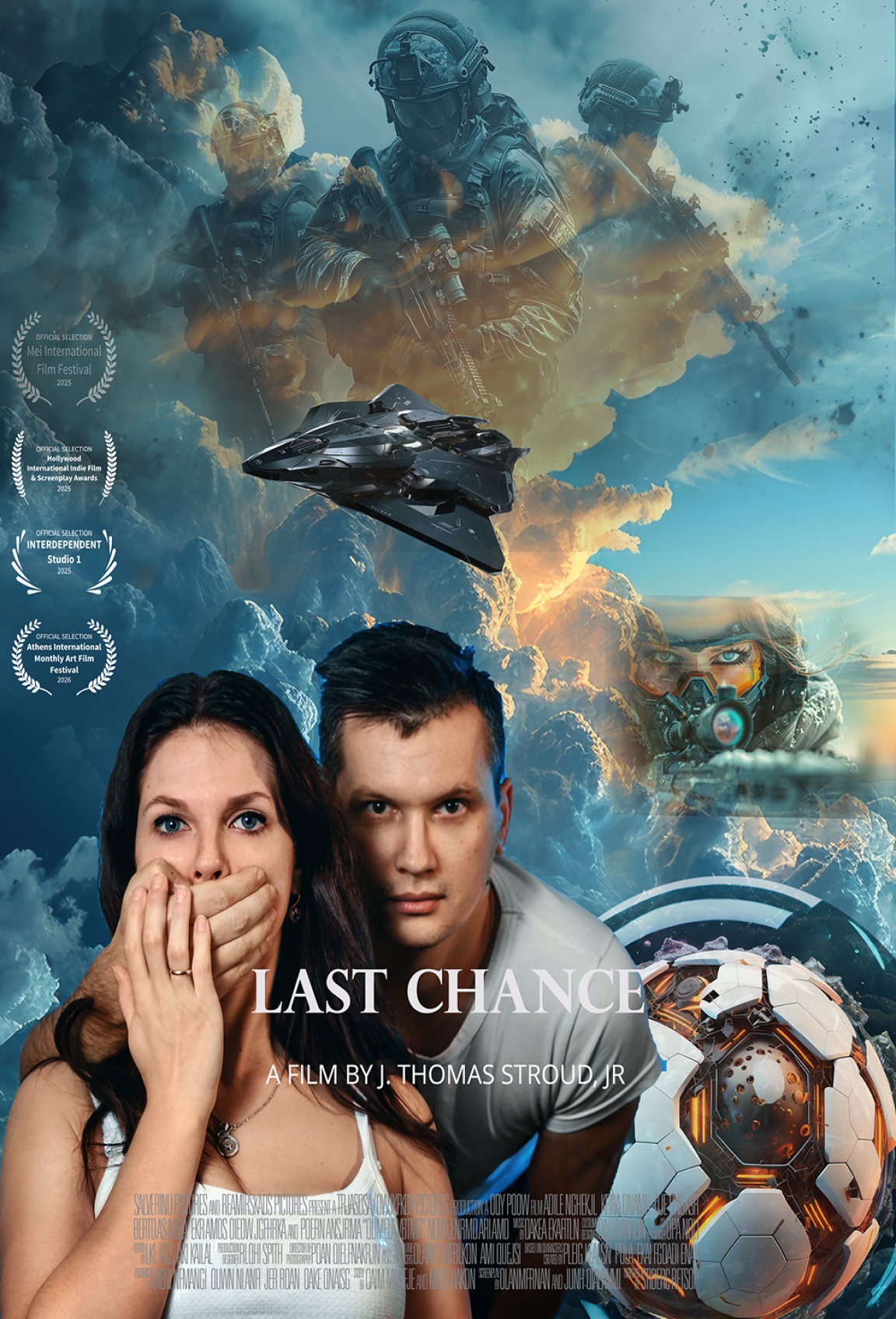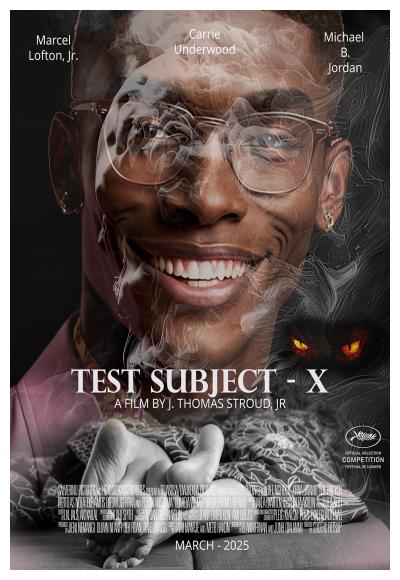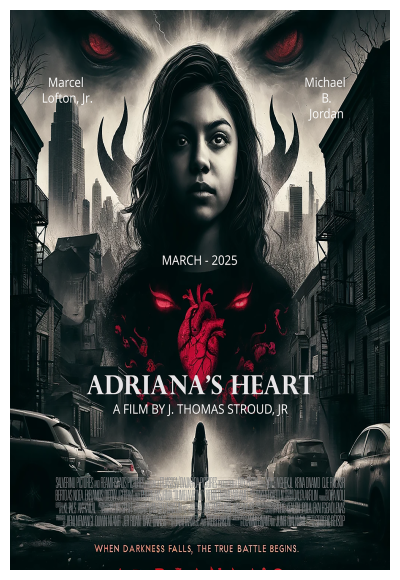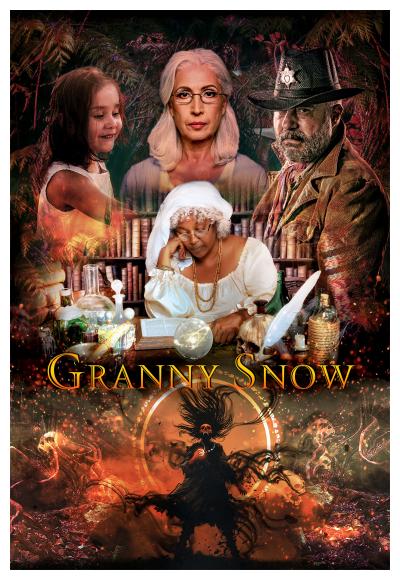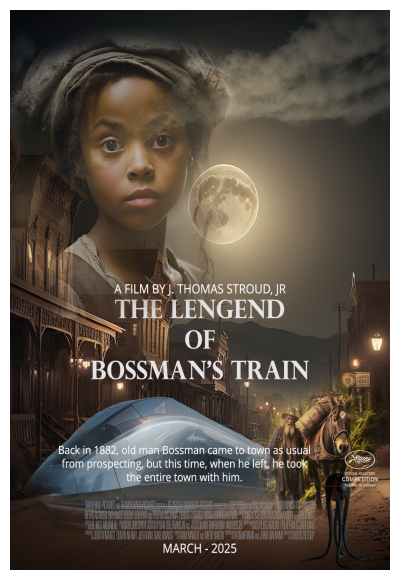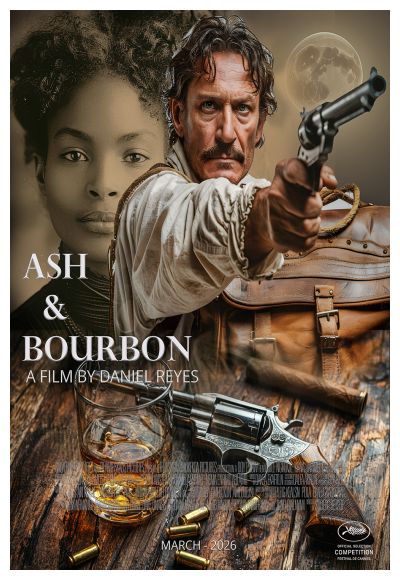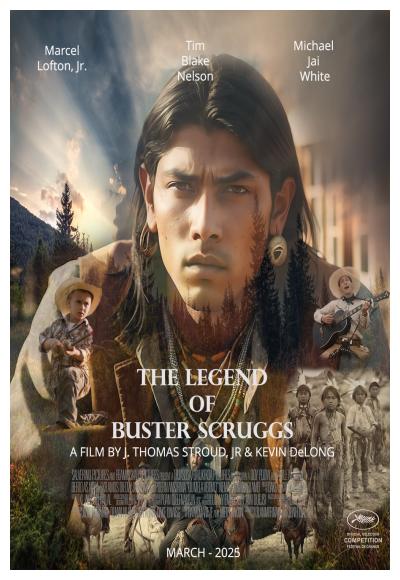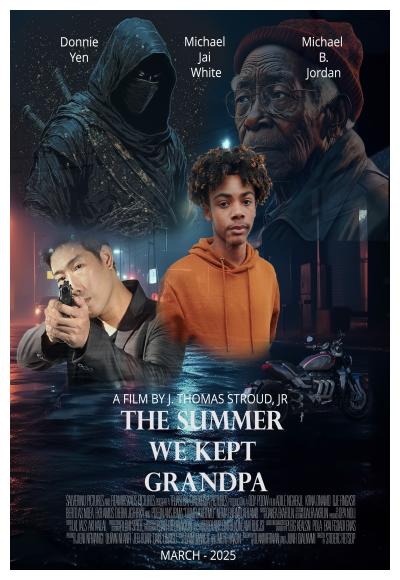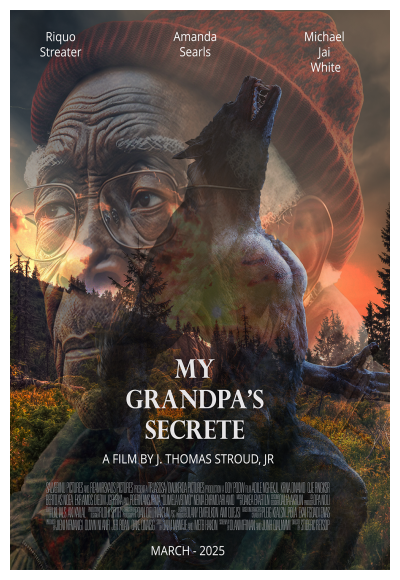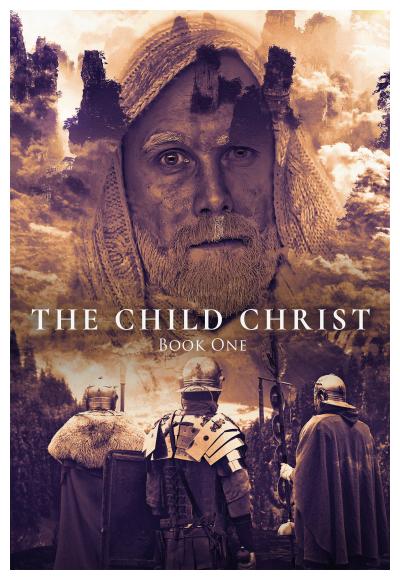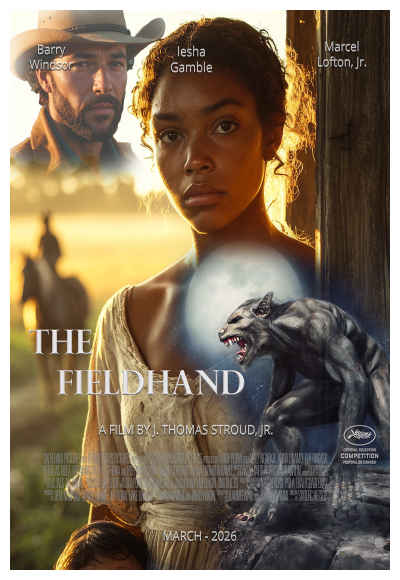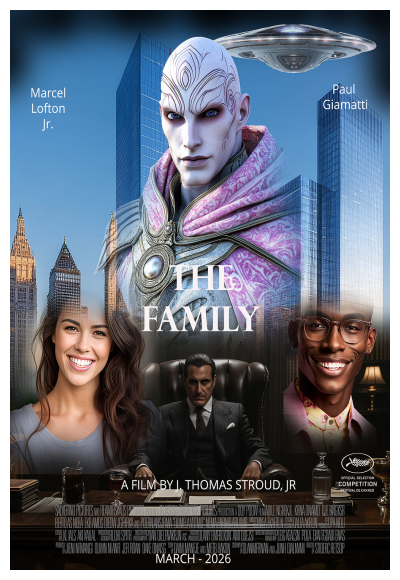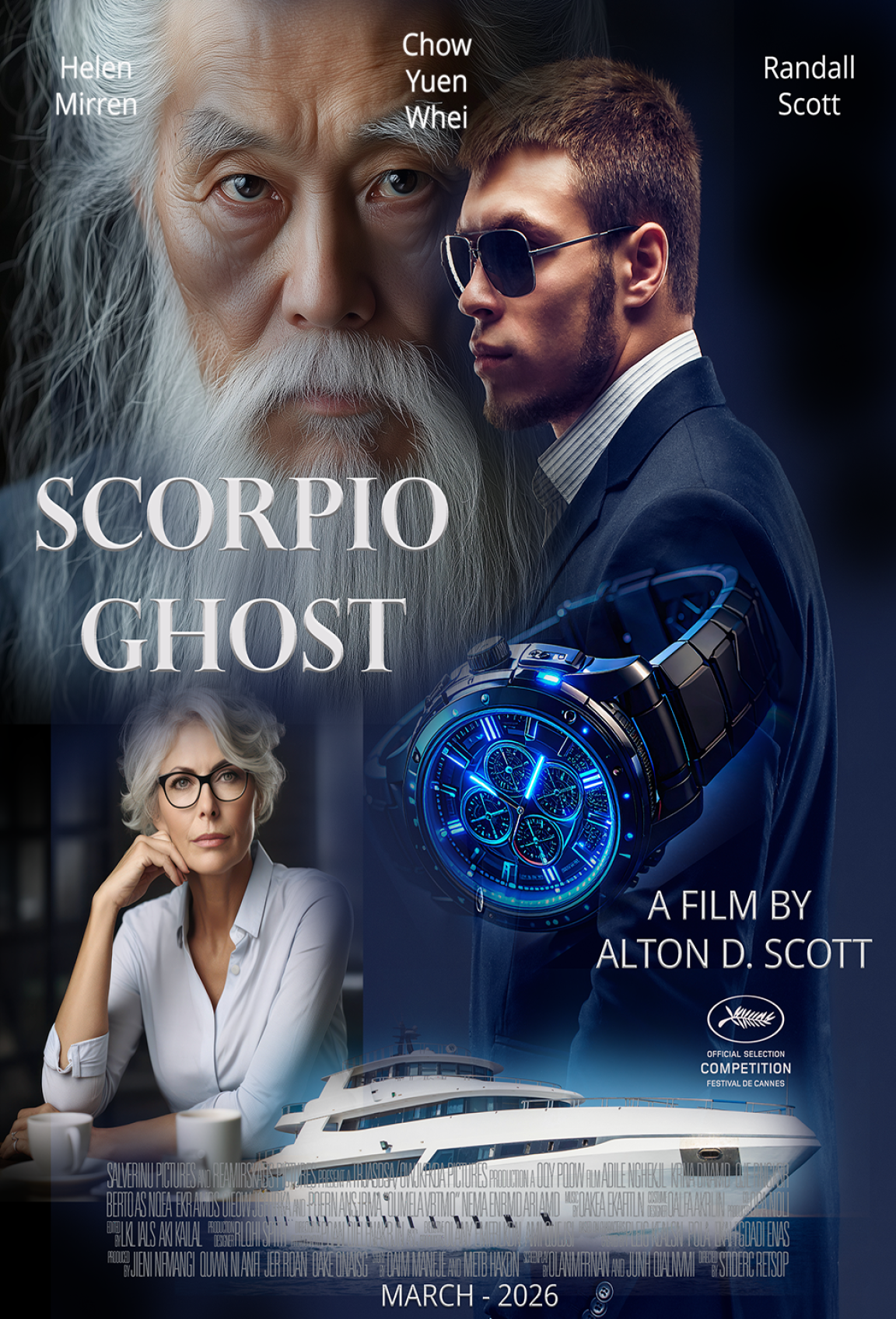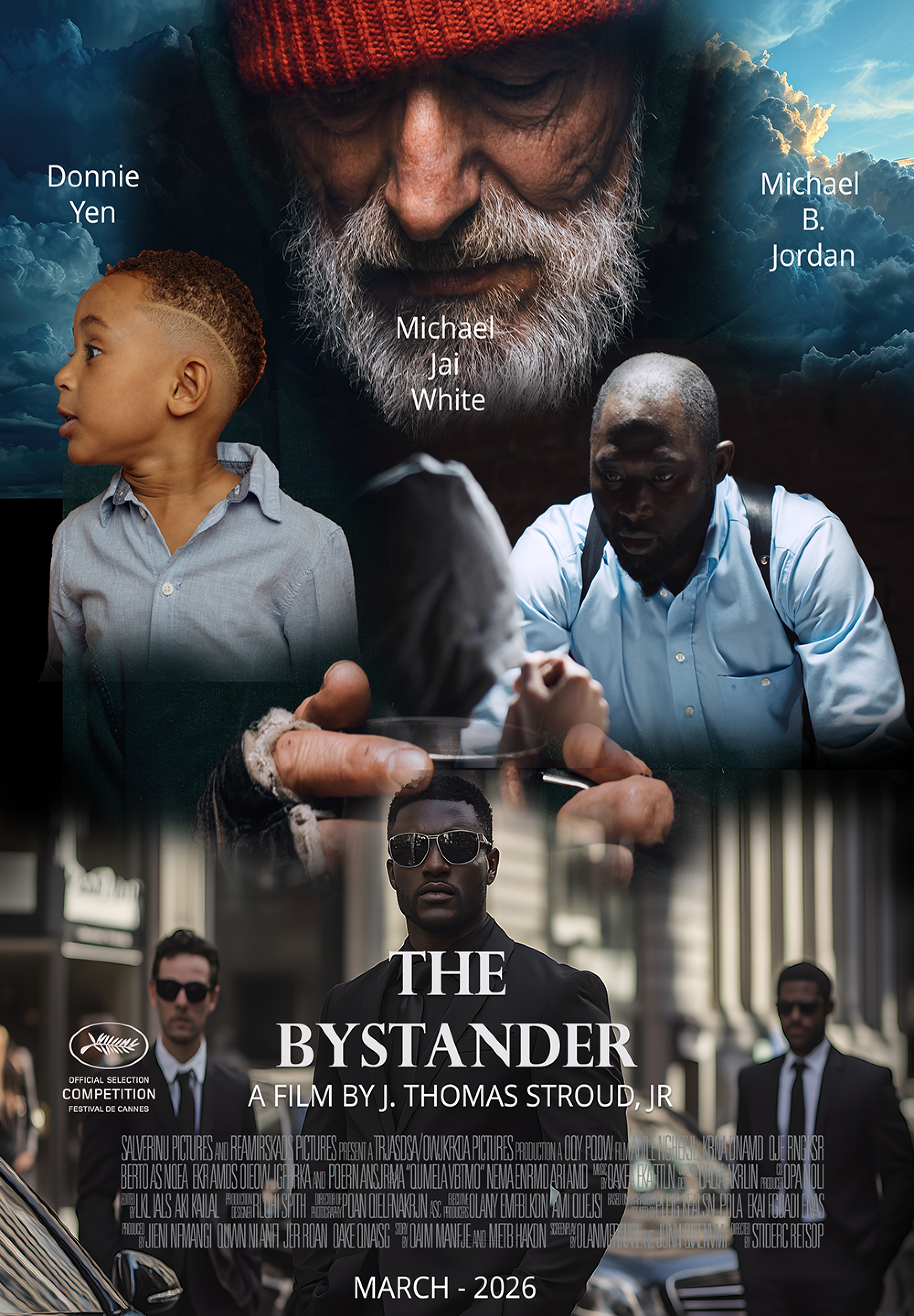
Synopsis/Details
All Accolades & Coverage
Coverage Report by Nolan Filmmaker's Studio
**Overview and Story Structure:**
"The Bystander" introduces an intricate narrative that intertwines themes of justice, personal redemption, and the supernatural. It is set across various locales in North Carolina, with a primary focus on Boone and Charlotte. The screenplay effectively employs a non-linear approach, delving into multiple character arcs that converge towards an intense climax.
The story follows Russell May, an enigmatic figure with a mysterious past, and Detective James Aleister Carrington, a diligent cop grappling with personal and professional challenges. The screenplay is structured into a traditional three-act format with a teaser and five acts. The teaser sets an ominous tone, introducing the audience to the central mystery and protagonists. Act One establishes the primary conflict and character motivations, while Act Two delves deeper into the complexities and threats facing the characters. Act Three escalates the tension with a series of violent confrontations, leading to a climactic resolution in Act Five.
The structure adheres well to classic principles outlined in Robert McKee's "Story" and John Truby's "The Anatomy of Story." The screenplay effectively uses inciting incidents, progressive complications, and climaxes to maintain momentum. However, some transitions between scenes could be smoother, particularly when shifting between different character perspectives, which occasionally disrupts the pacing.
**Character Development:**
Character development is one of the screenplay's strengths. Russell May is portrayed as a complex protagonist with a shadowy past, gradually revealed through interactions and subtle hints. His character embodies the archetype of a reluctant hero, reminiscent of McKee's discussion on multi-dimensional characters.
Detective Carrington is another well-developed character, depicted as a man caught between his duty and personal life. His internal struggles and interactions with his ex-wife Sheena and son Daniel add depth to his character. The script successfully employs Blake Snyder's "Save the Cat" principle, making Carrington a relatable figure whose flaws and virtues resonate with the audience.
Secondary characters, such as Roberta and Regina Shay, are given sufficient backstory, contributing to the narrative's emotional depth. However, some minor characters, like the gang members, remain underdeveloped and could benefit from additional layers or motivations to avoid appearing as mere plot devices.
**Dialogue Quality:**
The dialogue in "The Bystander" is generally strong, capturing the distinct voices of its characters. Conversations are often laden with tension and subtext, effectively revealing character intentions and relationships. Carrington's exchanges with his ex-wife Sheena and son Daniel are particularly poignant, highlighting his internal conflicts.
However, some dialogues, especially during action-heavy scenes, occasionally feel expository, serving to move the plot rather than deepen character interactions. Trimming these expository elements could enhance the screenplay's overall flow and maintain the authenticity of the characters' voices.
**Pacing:**
Pacing is a critical aspect where "The Bystander" occasionally falters. The script begins with a compelling teaser that sets an engaging tone, but some mid-act scenes slow the momentum, especially when transitioning between locations or introducing new subplots. Streamlining these sections or intercutting them with more action-oriented sequences could sustain the narrative drive.
The climactic sequences in Acts Four and Five regain the screenplay's momentum, delivering compelling action and emotional payoffs. The resolution is satisfying, though a more concise dénouement could maintain the screenplay's intensity without diminishing its emotional impact.
**Emotional Impact:**
Emotionally, "The Bystander" succeeds in creating a resonant narrative that explores themes of redemption, family, and justice. The screenplay effectively harnesses the emotional stakes of its characters, drawing the audience into their struggles and triumphs. Key scenes, such as Carrington's confrontation with gang members and Russell's decision to help the Shay family, are imbued with emotional weight.
The supernatural elements, while intriguing, occasionally overshadow the human drama. Balancing these elements to ensure they complement rather than detract from the character-driven narrative could enhance the screenplay's emotional depth.


